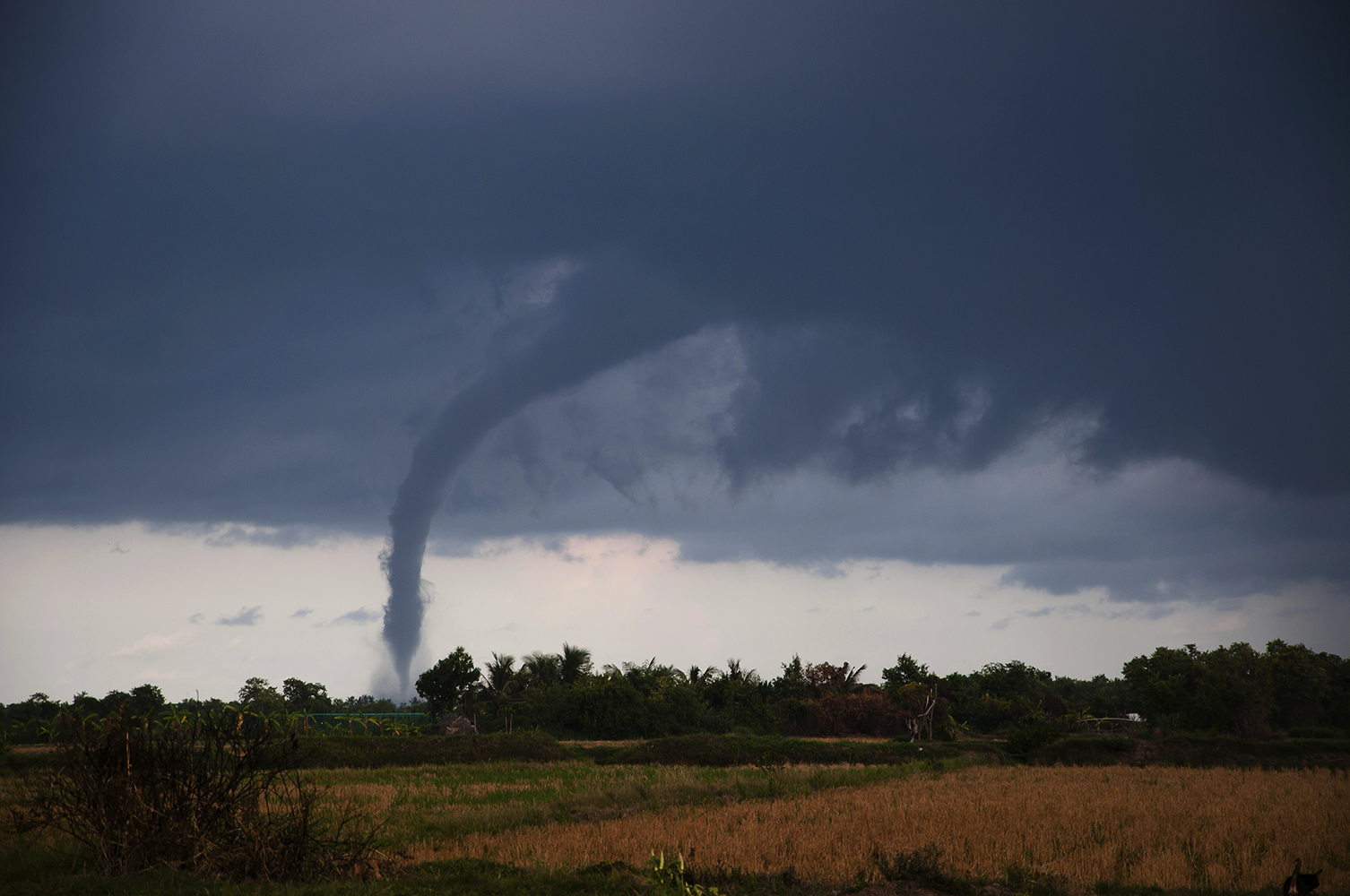Severe weather can happen at any time of the year. Preparing for floods, tornadoes and severe thunderstorms before they strike will help you stay safe throughout the year. To help people better prepare for weather emergencies, the Illinois Emergency Management Agency and the National Weather Service developed this Severe Weather Preparedness Guide to help educate and better prepare Illinois residents for all hazards.
Every year in the United States, hundreds of people are killed and thousands injured because of the weather. Dangerous weather can take make forms, ranging from violent tornadoes to crippling winter storms. While there is nothing we can do to stop dangerous weather from affecting us, there are things we can do to stay safe when the sky turns grey. Weather safety and survival – no matter the hazard – depends on the following key items:
- Know the Hazards – Be aware of the hazards that exist where you live.
- Know When to Expect Dangerous Weather – Monitor forecasts and information from your local National Weather Service, and always have more than one way to receive emergency alerts and notifications.
- Be Alert and Ready – Be aware of issued watches, warnings and advisories. Know what protective actions to take during each level of notification.
- Have a Plan to Stay Safe – Make sure that each member of your family knows what protective actions to take during each level of notification.
Find information on tornado preparedness from the Illinois Emergency Management Agency Severe Weather Preparedness Guide online here:
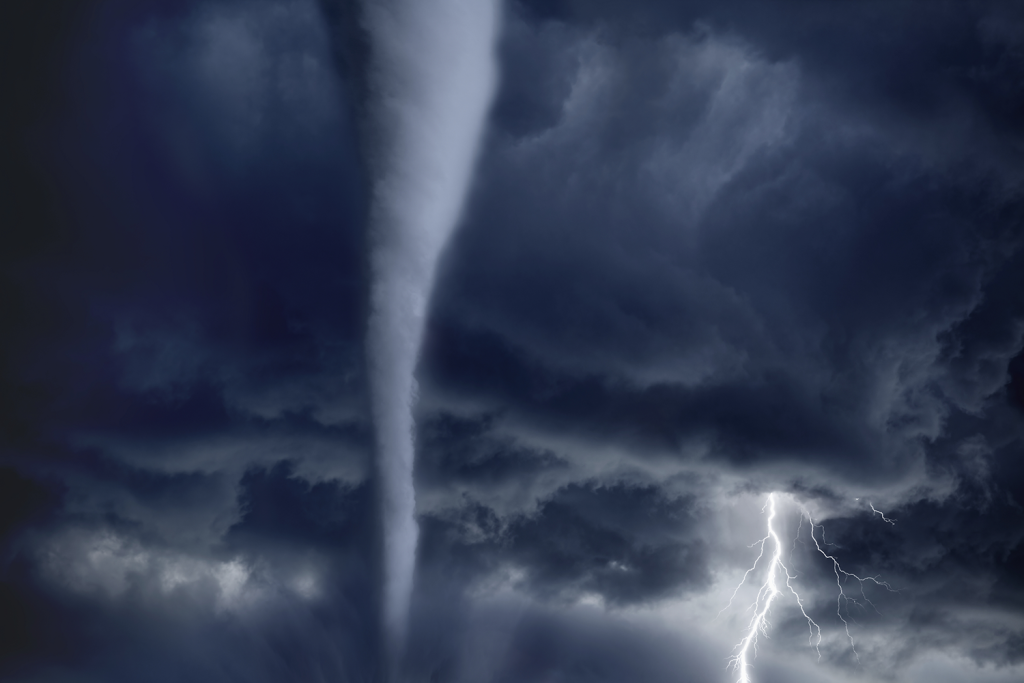
Fast Facts
- Illinois ranks fourth in the United States for the most tornadoes per square mile.
- The majority of Illinois tornadoes have occurred between April 1 and June 30 and between the hours of 3 p.m. and 10 p.m. However, tornadoes have occurred every month of the year at all hours of the day.
- Nearly 20 percent of all tornadoes in Illinois occur after dark.
- On average, 53 tornadoes occur each year in Illinois.
- There were 63 tornadoes reported in Illinois during 2020, which resulted in 2 injuries and nearly $2 million in property damage.
- In Illinois since 1950:
- 78 percent of tornadoes have been weak with wind estimated less than 110 mph,
- 21 percent of tornadoes have been strong with wind estimated between 110-167 mph,
- 1 percent of tornadoes have been violent with wind estimated greater than 167 mph. A violent tornado occurred on April 9, 2015, from just north of Rochelle to the village of Fairdale.
The chances of being affected by a tornado may seem small, but if you are in a threatened area, act QUICKLY when the threat is confirmed. Use the information in this section to know what to do before, during and after a tornado.
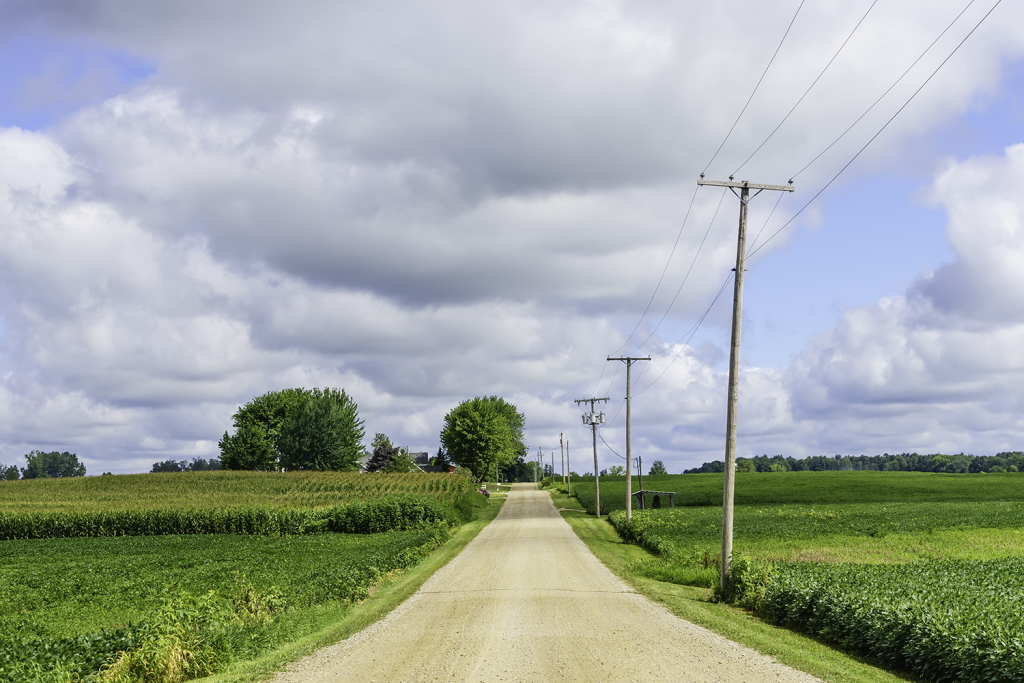
Before a Tornado
- Know the terms used to describe tornado threats:
- Tornado Watch: This means tornadoes are possible near your area. Stay alert for the latest weather information. Be prepared to take shelter. If you live in a mobile home, this is the time to move to a more substantial structure. If you see any rotating funnel-shaped clouds, report them immediately by telephone to your local emergency management or law enforcement agency.
- Tornado Warning: This means a tornado has been sighted by someone or indicated by weather radar. The storms may also produce damaging winds in excess of 60 mph and/or hail one inch or larger. Take shelter immediately. Turn on a battery-operated radio or television and wait for updated information for your area. Many smartphones automatically receive tornado warnings to alert you about a tornado nearby, even if you’re traveling.
- Tornado Emergency: This means there is a severe threat to human life and catastrophic damage is expected due to confirmed violent tornado.
- Purchase a weather alert radio with a battery backup, a tone-alert feature and Specific Area Message Encoding (SAME) technology that automatically alerts you when a watch or warning is issued for your county. Know the name of the county you live in, and the counties you travel through.
- It is critical that someone at home, work or wherever people gather monitors weather conditions, regardless of the time of day. Many deadly tornadoes occur at night. Monitor watches and warnings in your areas using a weather alert radio, cell phone app, local TV, local radio or the Internet. Do not rely solely on outdoor warning sirens, especially if you are asleep. If it is safe to do so, contact family members and friends when you become aware of a tornado that may threaten them.
- Check the weather forecast before leaving for extended outdoor periods and postpone plans if severe weather is imminent.
- Determine the best location in your home and workplace to seek shelter when threatened by a tornado. A basement or cellar will usually afford the best protection. If an underground shelter is not available, identify an interior room or hallway on the lowest level. The best areas are closets, small interior hallways and bathrooms without windows.
- If you live in a mobile home, identify a safe shelter outside of your mobile home such as a community storm shelter, a neighbor or friend’s house or a nearby public building. Half of all tornado fatalities occur in mobile homes, even though they only account for seven percent of all residences.
- Make sure family members and friends know how to stay safe.
- Conduct periodic tornado safety drills at home and work. Decide how and where everyone will gather prior to and after the storm.
- Consider retrofitting your house with special fasteners, connectors and reinforcing bands to improve structural integrity. Also, consider installing a reinforced concrete and steel “safe room” inside your house, in an excavated area of your yard or in your garage or shed.
- Maintain an emergency supply kit. This kit will help your family cope during extended power outages. See page 11 for information on assembling your kit.
- Keep all of your important records and documents in a safe deposit box or another safe place away from the premises.
- Insure your property and possessions. Make an inventory of your possessions using paper lists, photographs and/or videotapes of your belongings. Give a copy to your insurance company. Update your inventory and review your coverage with your insurance company periodically.
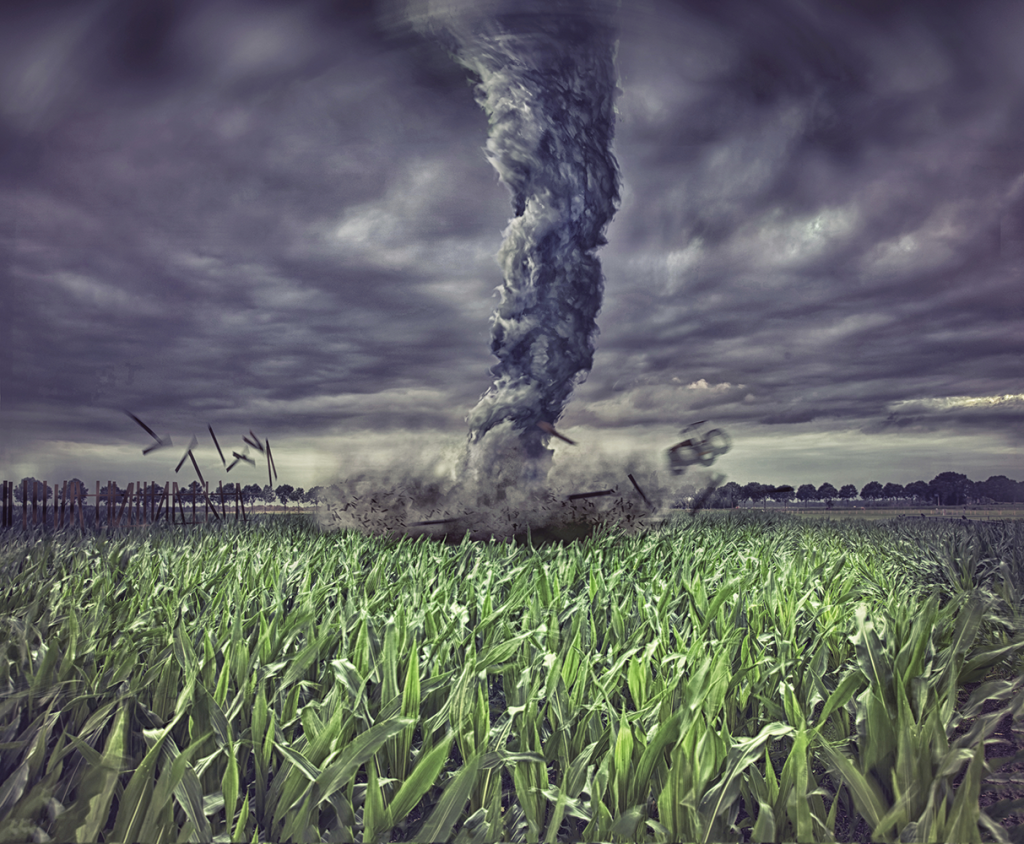
During a Tornado
Take the following actions when a Tornado Warning has been issued by the National Weather Service, when sirens have been activated or when a tornado has been sighted near your area:
- At Home:
- Monitor the radio, television or Internet for the latest weather information.
- Go immediately to your predetermined shelter, such as a storm cellar, basement or the lowest level of the building. In a basement, go under the stairs, under a heavy piece of furniture or a work bench. Stay there until the danger has passed.
- If in a mobile home, get out and seek shelter elsewhere, well before the storm arrives. A mobile home can overturn very easily even if precautions have been taken to tie down the unit. If there is not a substantial shelter nearby, go to a low-lying area and shield your head with your hands.
- If there is no basement, go to an interior hallway or a small interior room without windows, such as a bathroom or closet. Stay away from outside windows and walls as they may be penetrated by high speed, wind-borne debris.
- Get under a piece of sturdy furniture, such as a workbench or heavy table, and hold onto it. If sturdy furniture is not available, make yourself the smallest target possible. Squat low to the ground. Put your head down and cover your head and neck with your hands.
- Use pillows, mattresses or cushions to protect your head and neck.
- At Schools, Nursing Homes, Hospitals, Shopping Centers and Workplaces:
- Go to the designated storm shelter. A basement offers the best protection. If a basement is not available, go to an interior room, or hallway, without windows or outside doors, on the lowest level. Restrooms without windows are also a good place to seek shelter. Stay away from exterior walls, doors and windows.
- Avoid places with wide-span roofs, such as auditoriums, cafeterias, gymnasiums and large hallways. Stay away from windows and open spaces.
- Get under a piece of sturdy furniture, such as a workbench, heavy table or desk and hold onto it. If sturdy furniture is not available, make yourself the smallest target possible. Squat low to the ground. Put your head down and cover your head and neck with your hands.
- In high-rise buildings, go to a small interior room or hallway on the lowest level possible and seek protection as detailed above. Stay away from windows and outside doors and walls.
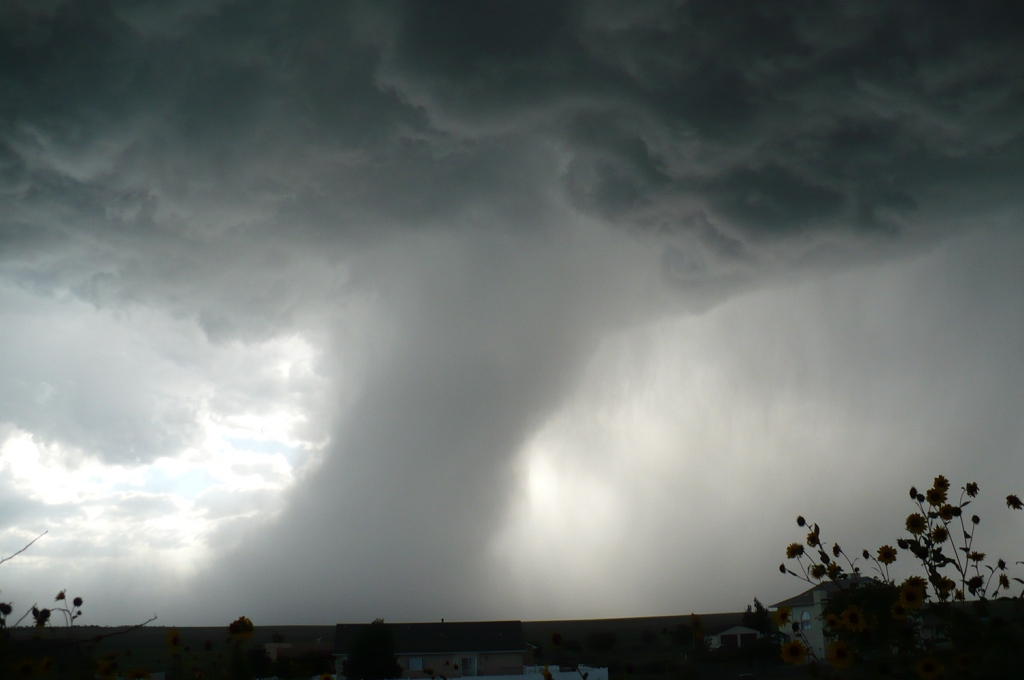
- Outdoors:
- If possible, get inside a substantial building on the lowest floor, away from windows and doors.
- If an indoor shelter is not available or there is no time to get indoors, then, as a last resort, lie in a ditch or culvert. Use your arms to protect your head and neck. Beware of the potential for flash flooding.
- In a Vehicle:
- Do NOT park under a bridge or overpass! The embankment under an overpass is higher than the surrounding terrain, and the wind speed increases with height. Additionally, the overpass design may create a wind-tunnel effect under the span, further increasing the wind speed. Many overpasses are completely exposed underneath, and most lack hanging girders or a crawlspace-like area to provide sufficient protection from debris, which can travel at high speeds even in weak tornadoes. People stopping underneath overpasses block the flow of traffic, putting others in danger.
- Immediately exit the vehicle in a safe manner and take shelter in a nearby building.
- Never try to outrun a tornado in a vehicle. Heavy rain, hail and traffic may impede your movement. Tornadoes can change directions quickly and can easily lift up a vehicle and toss it through the air.
- As a last resort, if there isn’t time to get indoors or if there is no secure shelter nearby, lie flat in a ditch, culvert or lowlying area away from vehicles.
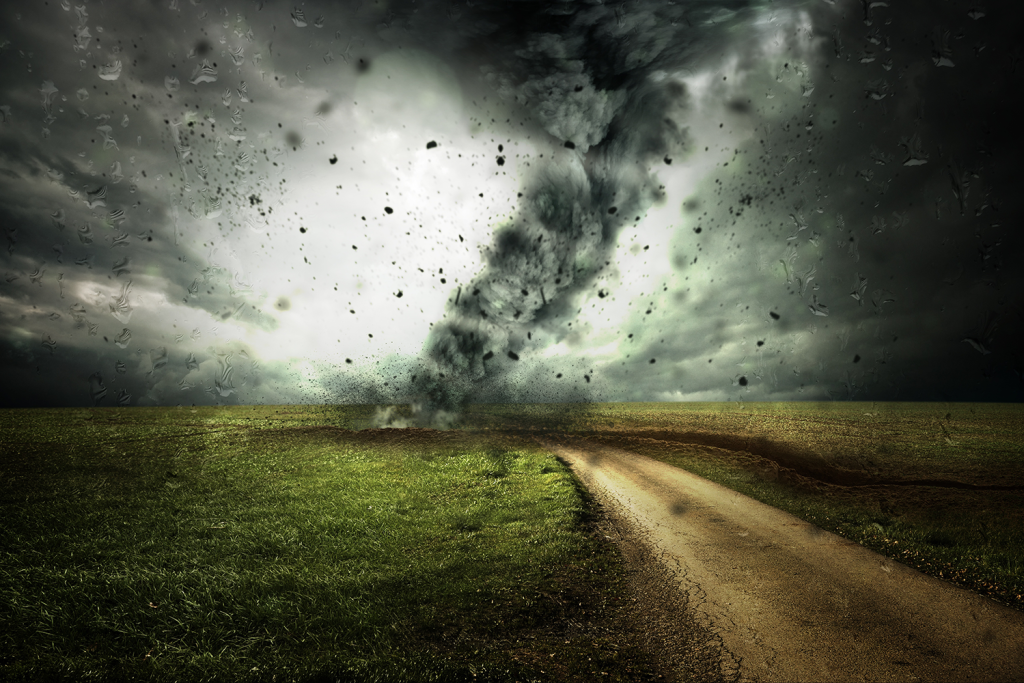
After a Tornado
- Monitor local radio or TV or contact your local emergency management agency for special information about where to go to get assistance for housing, clothing and food. Programs are available to help you cope with the stress of the disaster.
- Use extreme care in areas with downed power lines or natural gas leaks. Wear adequate footwear to avoid cuts from broken glass or nails protruding from boards.
- Check for injured victims. Render first aid if necessary. Do not attempt to move severely injured victims unless absolutely necessary. Wait for emergency medical assistance to arrive.
- Check on neighbors or relatives who may require special assistance.
- Exit damaged buildings. Re-enter only if absolutely necessary using great caution. Have the damaged building inspected by a structural engineer to make sure it is safe to occupy.
- If driving, be alert for hazards on the roadway.
- Do not make unnecessary telephone calls.
- Take photos or video of the damage to your home and property, and report it to the local emergency management agency.
- If unaffected by the tornado, stay out of the damaged area until local officials allow entry. Your presence will hamper emergency operations.
